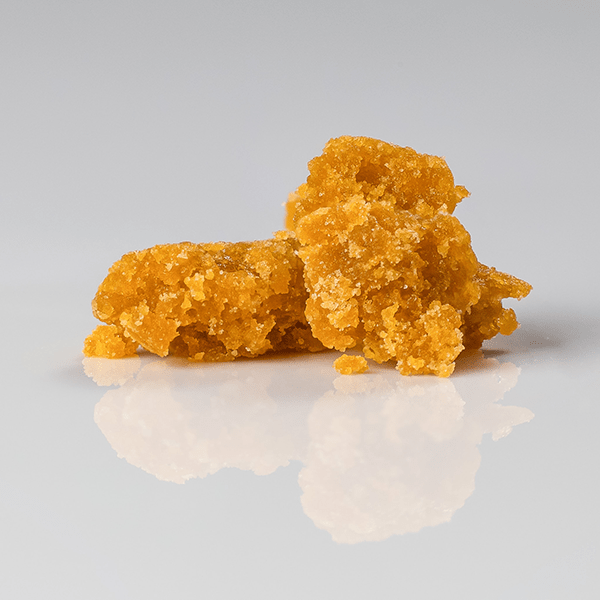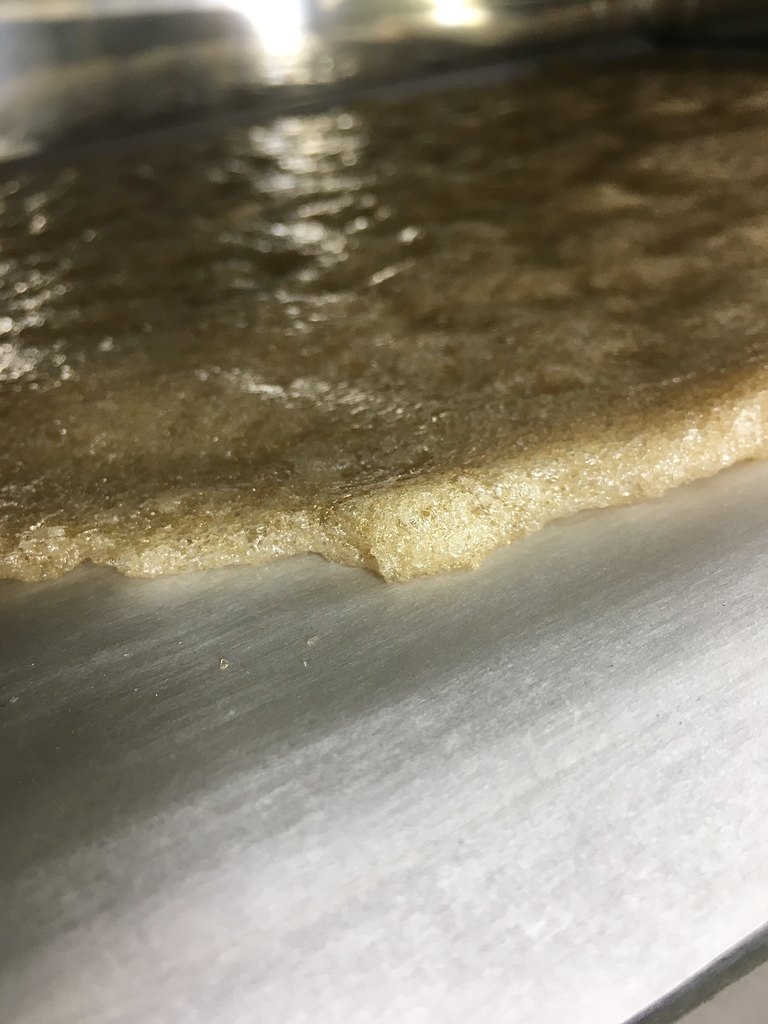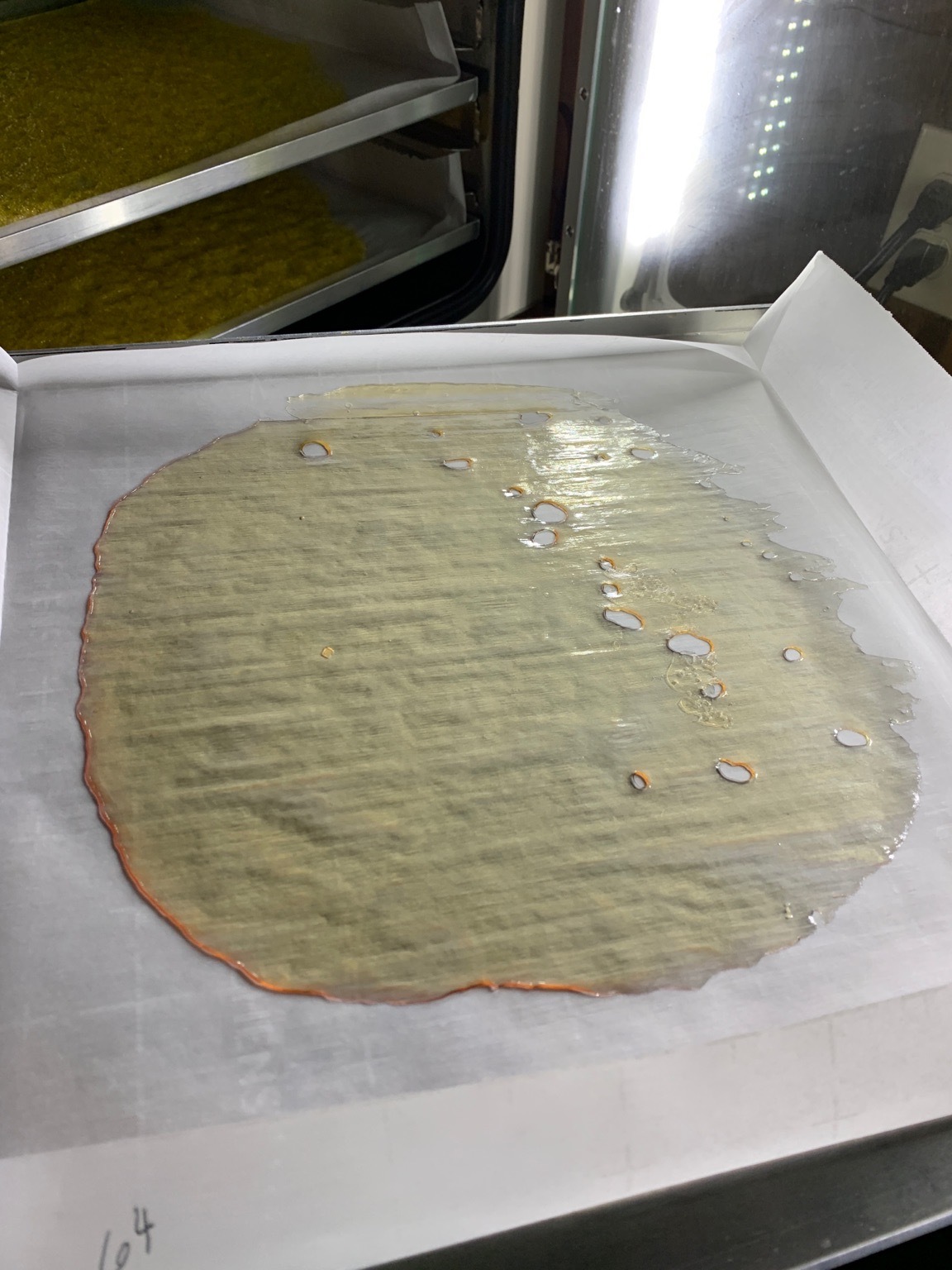

The University of Cincinnati is located in Cincinnati, Ohio.A form of cannabis extract, shatter is a hard, translucent concentrate similar in texture and appearance to glass. UC is the largest employer in the Cincinnati region, with an economic impact of more than $3 billion. Each year, this urban, public, research university graduates 5,000 students, adding to more than 200,000 living alumni around the world. Since its founding in 1819, UC has been the source of many discoveries creating positive change for society, including the first antihistamine, co-op education, the first electronic organ, the Golden Gate Bridge designer and the oral polio vaccine. The University of Cincinnati, home to more than 35,000 students, offers students a balance of educational excellence and real-world experience. The volume, which was co-edited by UCs Mark Schulz, contains 24 chapters, four of which are co-authored by UC faculty. And in July, Nanoengineering of Structural, Functional and Smart Materials was published by CRC Press. In recognition for its commitment to nanotechnology, UC was recently ranked #2 in the United States for nanotechnology education by Small Times magazine. Good Things Come in Nano Packages at the University of Cincinnati Honey, I Shrunk the Kids Curriculum! NSF Grant Enables UC to Bring Nano to the UndergraduatesĪn interdisciplinary, intercollegiate group of UC researchers has been awarded a National Science Foundation (NSF) Nanotechnology Undergraduate Education grant, "Integration of Nanoscale Science and Engineering into Undergraduate Curricula." And today a UC research team, in conjunction with First Nano, is ahead by a thousandth of a hair. University of Cincinnati Researchers Grow Their Longest Carbon Nanotube EverĪ nanospace race has raged to successfully grow a nanotube array suitable for many uses. Lighter, cheaper, safer a team of researchers at the University of Cincinnati, known for their world record-breaking carbon nanotubes, has discovered new applications of use to both military and consumer audiences. Spinning Carbon Nanotubes Spawns New Wireless Applications CVD Equipment Corporation engineers developed and built the EasyTube System used by First Nano to grow the long CNT arrays. Jimmy Hsia) and the Office of Naval Research (program director Ignacio Perez) through North Carolina A&T SU (program directors Jag Sankar & Sergey Yarmolenko). This research was supported by National Science Foundation (NSF) grant CMS-051-0823 (program directors Shih-Chi Liu & K. UC is also partnering with another company to develop production of long CNT arrays that can be spun into fibers. Leonard Rosenbaum, president and CEO of CVD Equipment Corporation, is looking forward to continuing the partnership with UC to bring this technology from the laboratory into full-scale production. The achievement of growing centimeter-long nanotube arrays provides hope that continuous growth of CNTs in the meter length range is possible.

CNT synthesis is carried out in a hydrogen/hydrocarbon/water/argon environment at 750 degrees Celsius. Its manufacturing requires a clean room environment and thin-film deposition techniques that can be scaled up to produce commercial quantities.

The UC substrate for growing CNT arrays is a multilayered structure with a sophisticated design in which a composite catalyst is formed on top of an oxidized silicon wafer. Our presentation was accepted very well and confirmed that with the current record of 18-mm-long carbon nanotube arrays, and also with the big area growth on 4-inch wafers, we are leading in manufacturing extremely long CNT arrays. The workshop focused on Single Wall Carbon Nanotube Nucleation and Growth Mechanisms. This event was attended by the best scientists in the world working on synthesis carbon nanotubes, from Japan, China, Europe and the United States. Third, we filed a patent application on the inventions at the US Patent and Trademark Office and, fourth, we were invited to participate in a very prestigious workshop (invitation-only) organized by NASA and Rice University, where we presented our latest results. Second, we produced a uniform carpet of 12-mm carbon nanotube arrays on a 4-inch wafer, which moves the invention into the field of scaled-up manufacturing for industrial application. ∿irst, we were able to grow the arrays up to 18 mm, he says, ticking off the achievements. College of Engineering and Applied Science.

College of Education, Criminal Justice, & Human Services.College of Design, Architecture, Art, and Planning.


 0 kommentar(er)
0 kommentar(er)
